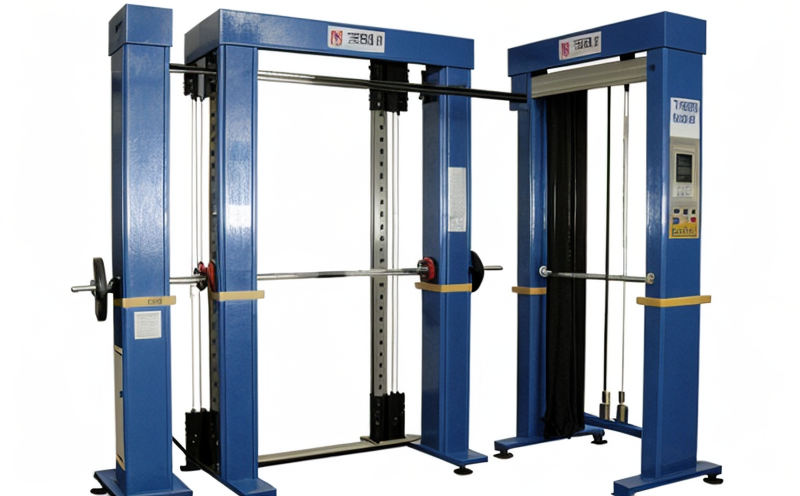ISO 9073-1 Nonwovens Determination of mass per unit area
The determination of mass per unit area (m/m2) is a critical measurement in the textile testing sector, particularly for nonwovens. This parameter is essential for quality control, ensuring that products meet specified standards and customer expectations.
The ISO 9073-1 standard provides a comprehensive approach to measuring mass per unit area of nonwoven materials. This method ensures accuracy and consistency in the production process, which is vital for industries relying on uniform material properties such as filtration, hygiene products, and packaging.
During testing, samples are typically cut into specified dimensions (often 10 cm × 10 cm) to ensure repeatability of results. The sample is then placed in a weighing balance with the specified precision, which measures the mass of the nonwoven material within these boundaries. This mass is divided by the area of the sample to calculate its mass per unit area.
The precision and accuracy of this measurement are crucial for several reasons. First, it ensures that manufacturers can consistently produce materials with the desired properties. Second, it allows quality control teams to identify variations in production processes or raw materials early on. Third, it supports compliance with international standards such as ISO 9073-1, which is widely recognized and accepted across industries.
The standard specifies that the balance used for this measurement should have a resolution of at least 0.1 mg to ensure accurate results. Additionally, the sample must be conditioned in a controlled environment (23 ± 2°C and relative humidity of 50% ± 2%) before testing to eliminate environmental factors affecting mass readings.
Understanding the practical applications of this test is equally important. For instance, in the production of medical gowns, the mass per unit area directly impacts the fabric's strength and durability, which are critical for ensuring patient safety. In filtration products, it ensures that the material can efficiently capture particles without compromising airflow.
In summary, the determination of mass per unit area is a fundamental aspect of nonwoven textile testing. It provides valuable insights into product quality, supports compliance with international standards, and ensures consistent performance across production batches. This test is particularly important for sectors like healthcare, hygiene products, and filtration industries, where material properties significantly influence end-product performance.
Eurolab Advantages
- State-of-the-Art Equipment: Eurolab utilizes high-precision balances capable of measuring mass with a resolution down to 0.1 mg, ensuring accurate and reliable results.
- Experienced Technicians: Our team consists of skilled professionals trained in the latest testing methodologies, providing precise and consistent results.
- Comprehensive Reporting: Eurolab offers detailed reports that not only provide mass per unit area values but also include insights into sample preparation and environmental conditions.
- ISO 9073-1 Compliance: We are committed to adhering strictly to ISO standards, ensuring our tests meet the highest industry benchmarks.
Why Choose This Test
The determination of mass per unit area is crucial for maintaining consistent quality in nonwoven materials. By ensuring that each batch meets the required specifications, this test helps prevent defects and reduces waste.
It supports compliance with international standards such as ISO 9073-1, which guarantees reliability across different production facilities and regions.
This measurement is vital for industries like healthcare, where the quality of materials directly impacts patient safety. In filtration products, accurate mass per unit area ensures efficient particle capture without compromising airflow.
Additionally, this test allows manufacturers to identify variations in raw material composition and production processes, enabling timely adjustments to maintain consistent product quality.
Environmental and Sustainability Contributions
- Eco-Friendly Materials: By ensuring that nonwovens meet strict mass per unit area specifications, manufacturers can select eco-friendly materials that are biodegradable or made from recycled content. Fuel Efficiency in Transportation: Accurate mass measurements reduce the amount of material used, minimizing waste and lowering transportation costs.
The determination of mass per unit area also plays a role in reducing energy consumption during manufacturing processes. By optimizing material usage, manufacturers can decrease energy-intensive steps like drying or heating.





